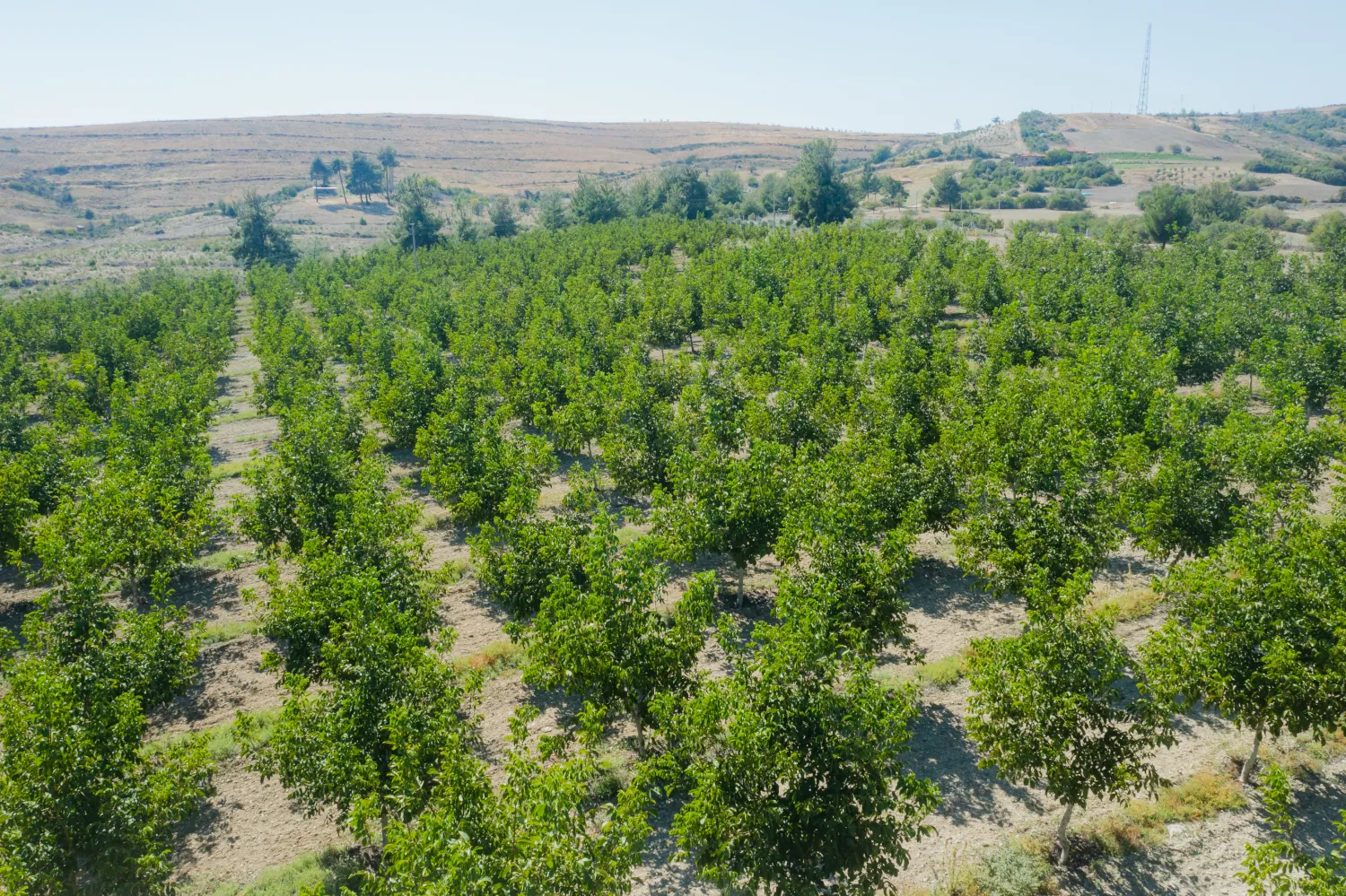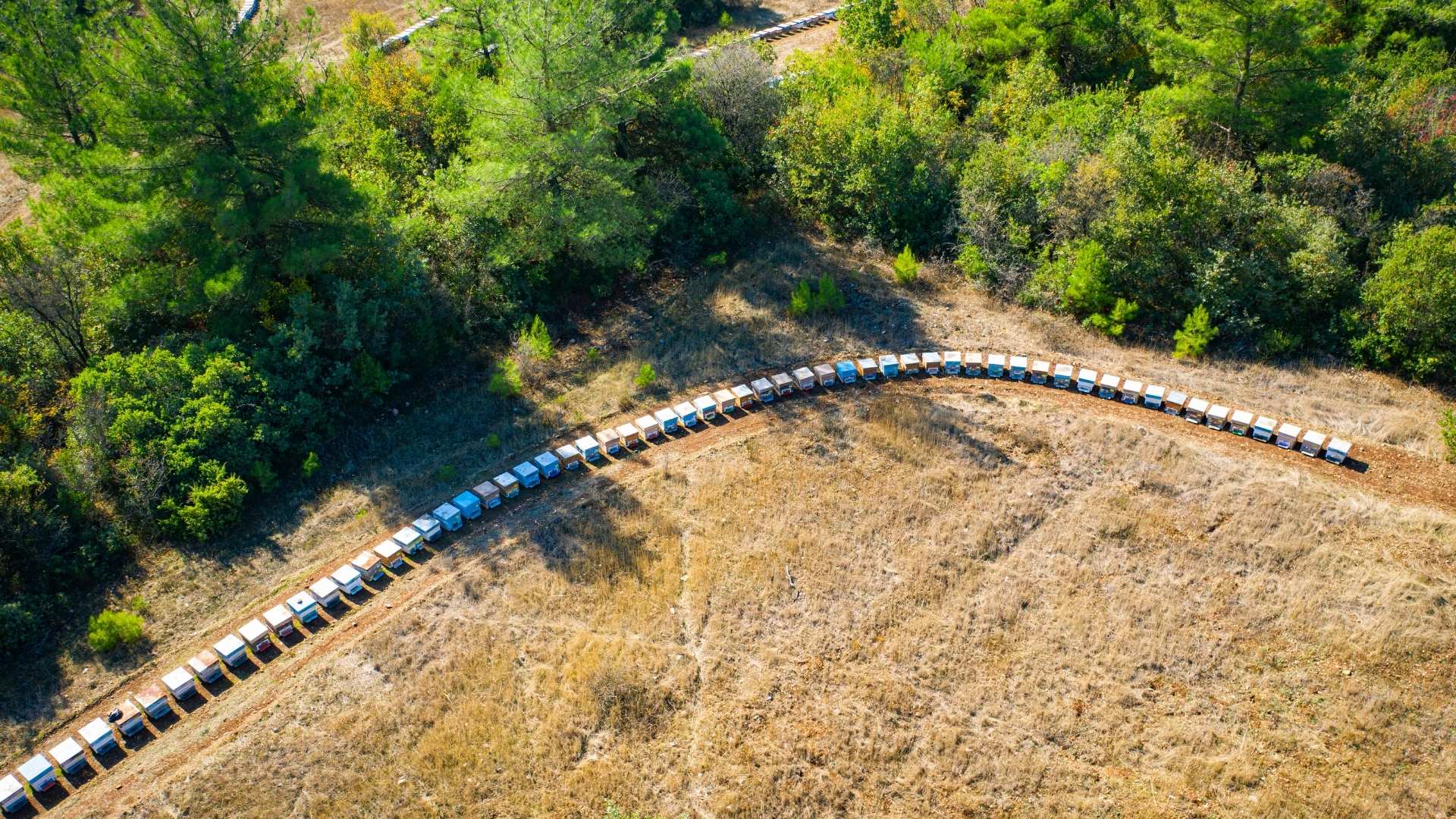
Investment Time Horizon in Farmland
When deciding how to invest, there are many things to consider, such as volatility, expected returns, and how willing you are to take risks. The investment time horizon is still another critical issue. Depending on the type of investment and the investor’s objectives, the investment’s time horizon or length might change. However, it’s the most crucial aspect to consider. Your investing strategy must enable you to access your money whenever you need it, regardless of how soon or how far away that may be.
What is an Investment Time Horizon?
We evaluate an investor’s risk tolerance using their time horizon. A time horizon, in essence, offers the response to a crucial query: When do I need this money? Time horizons vary and are frequently determined by liquidity-related investment goals or tactics. An investment is fully liquid or capable of being cashed out or sold after reaching its time horizon. An asset is illiquid or unavailable to the investor before it matures. Investors consider liquidity when deciding which assets best fit their investment time horizon goals.
Short-term Horizon
Generally, an investment time horizon of three years or less is described as short-term. Short-horizon investing entails adopting a more cautious stance while still allowing some scope for volatility and growth. Depending on the individual’s short-term investment goals, such as saving for a deposit on a house or a new car, investors may consider savings accounts or short-term bonds as investment options. Choosing a relatively liquid investment with a low-risk profile is essential because an investor needs the money quickly. After all, the investor will need quick access to the money, and if they lose some or all of their investment, it will significantly impact their short-term financial goals.
Medium-term Horizon
Investors who plan to hold their investments for five to 10 years, like couples saving for a child’s further education, are said to be making medium-term investments. Therefore, a combination of stocks and bonds would be suitable to secure capital without losing value to inflation because medium-term investment strategies often balance between high-and low-risk assets.
Long-term Horizon
The long-term investment horizon is for holding investments for a decade or multiple decades. Saving for retirement is a prime example. Investors will take considerable risks in exchange for more significant rewards in the long run. When a modest investment has several decades to grow, it can yield huge profits.
Why is Investment Time Horizon Important?
While many techniques measure investments, they can only improve your portfolio if they allow you to access your money when required; knowing your investment time horizon is essential to succeeding. Every wise investor should determine how to combine investments with long-term and short-term horizons. A critical factor in deciding what to hold and how much of it is the proportion between the two. Your portfolio must be viewed as a balance between these two investment time horizons. Farmland investment is one of the most compelling opportunities for investors seeking a reliable, long-term investment. However, it is a unique asset that serves both short-term and long-term investment time horizons.
How Farmland Investment Supports Short-Term and Long-Term Horizons?
Farmland investment is a wise choice for investors who want to combine the best aspects of investing with long-term and short-term horizons. Most long-term investments provide security but little interest; farmland, on the other hand, provides projected rates of return that can be hundreds of times higher than Treasury bonds. Farmland investment is unique since it has multiple streams of revenue. Investors in farmland receive two types of returns on their investments: a price increase when the land is sold and passive income from recurring harvest yields. Long-term success is excellent, but owning a resource that can generate reliable yearly revenue and deliver long-term is the best of both worlds. Additionally, the value of the agricultural real estate has been steadily increasing for years, so a long-term investment goal should be resilient to almost any economic downturn. Investors also gain from increased crop prices since they boost the value of the underlying land, which results in more reliable valuations when the asset is sold.
Furthermore, many agricultural real estate investments allow flexibility for medium-term horizons. For instance, row crops don’t need time for the plants to grow, whereas tree crops may take two to three years to mature. Given that a farmer can switch out different crops to keep up with the popularity and asking price, alternative plant cycles can offer investors stable returns and better flexibility. So to maximize the upside, you can still invest in agricultural land to support your short- or long-term investment strategy. Regardless of your allocation ratio, this offers the chance to add stability to your portfolio and simultaneously meet short-, medium-, and long-term goals.

Balance your Horizons with Invest4Land
A healthy portfolio should include a complimentary mix of long-term and short-term horizon assets. Invest4Land is an agricultural investment company that specializes in managed farmland. Our walnut farms in Turkey offer you the ideal opportunity to diversify your portfolio with an asset that serves both long-term and short-term investment horizons. Investing in walnut farmland can secure attractive short-term returns with this highly desirable crop while benefiting from the long-term appreciation of the land investment. Contact us to learn more about our revolutionary investment projects.



